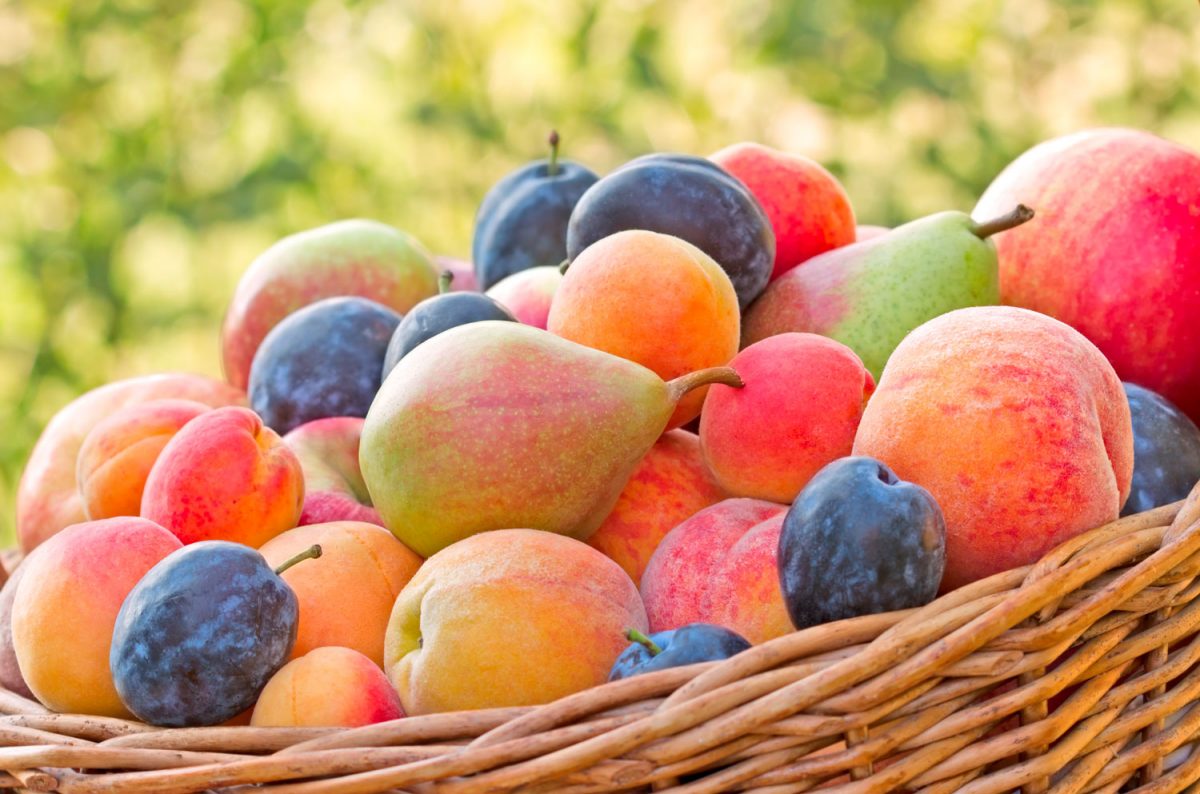Biosecurity New Zealand has ended its Northcote fruit fly operations and lifted restrictions on the movement of fruit and vegetables on Auckland’s North Shore.
The move signals the end of an almost year-long operation, including a massive effort by the community, triggered by the discovery of a Queensland fruit fly in a surveillance trap in the area last February.
“While this is great news, we remind people in the area to still stay vigilant for signs of the fruit fly,” says Biosecurity New Zealand spokesperson Dr Cath Duthie.
“It’s now been 6 months since a fly was last trapped in the area, and this, along with an intensive baiting programme throughout the spring and the inspection of hundreds of kilos of fruit without a find, has given us confidence there is currently no breeding population of the Queensland fruit fly in Northcote.
“We can once again declare that New Zealand is free of the Queensland fruit fly,” Dr Duthie says.
Biosecurity minister Damien O’Connor says getting to this point wouldn’t have been possible without the support of the North Shore community.
“This has been a really long haul for this community and I’d personally like to pass on a big thanks to each and every North Shore resident. The 11 months of movement controls were a big disruption for you all, but necessary to contain any potential population of this insect pest which, if it established here, would significantly damage New Zealand’s horticulture industry and home gardens.”
Dr Duthie says the Controlled Area is now lifted and there are no longer restrictions on moving fruit, vegetables and green waste. The biosecurity wheelie bins that have dotted the neighbourhood will now be removed and road signs will be dismantled.
“However our nationwide routine surveillance will continue with our system of 7,800 fruit fly traps spread across the country and more than 4,600 of these in the Auckland area. These traps are set for 3 exotic fruit fly species of concern: the Queensland fruit fly, Mediterranean fruit fly and Oriental fruit flies.”
Biosecurity New Zealand and its horticulture industry partners also sincerely thank residents and businesses in the area who have borne the brunt of the long operation.
“This response has been a significant inconvenience for those living and working in the Controlled Area which has been primarily around Northcote. We are so grateful for your continued support over the months these restrictions have been in place.”
The operation has been a collaborative effort between Biosecurity New Zealand, horticulture industry partners, AsureQuality (MPI’s operations provider), a number of local authorities, and the community.
It’s the second fully cost-shared biosecurity response under the Government Industry Agreement and the horticulture industry has been a huge contributor to the effectiveness of the operation.
“All up, this response is likely to cost around $18 million which is a considerable sum of money. However, when you balance this with the significant management and trade impacts on New Zealand’s multi-billion dollar horticulture industry, it’s a sound investment,” Dr Duthie says.
All New Zealanders are reminded that if they find maggots in fruit, or see an insect that could be a fruit fly, contact Biosecurity New Zealand’s Pest and Disease hotline: 0800 80 99 66
Full information on the fruit fly HERE.
Response at a glance:
- Since February 2019, there were 10 separate findings of solitary Queensland fruit flies through surveillance trapping in the Northcote area.
- There are more than 4,600 traps set in the greater Auckland area to find 3 different types of fruit flies. These remain in place and are part of a national fruit fly surveillance programme with over 7,800 traps nationwide.
- While the 10 adult male flies were found (the pheromone traps attract males), no evidence of larvae, pupae, eggs, or female flies was found.
- Approximately 160 people in the field and in Wellington were involved at any given time.
- Altogether, some 800 individual people were involved in the programme.
- 5,766 properties were in the Controlled Area and subject to movement controls on fresh produce and garden waste.
- 1.5 tonnes of fruit was collected from the area and inspected for fruit fly larvae over the response.
- Approximately 145 tonnes of produce was collected and disposed of throughout the operation.
Source: Biosecurity NZ












